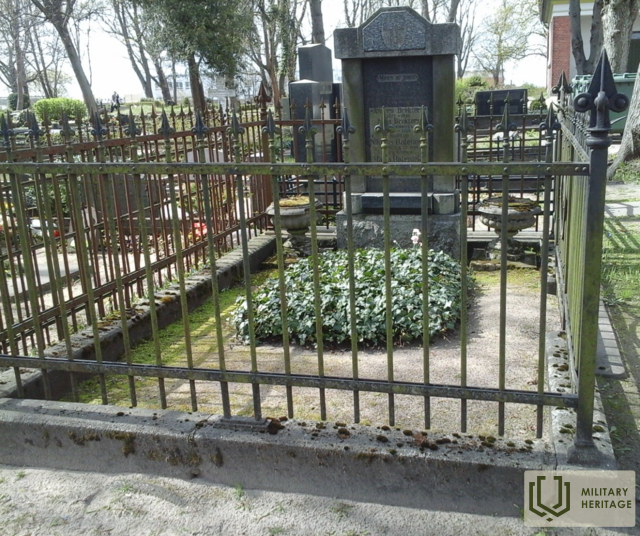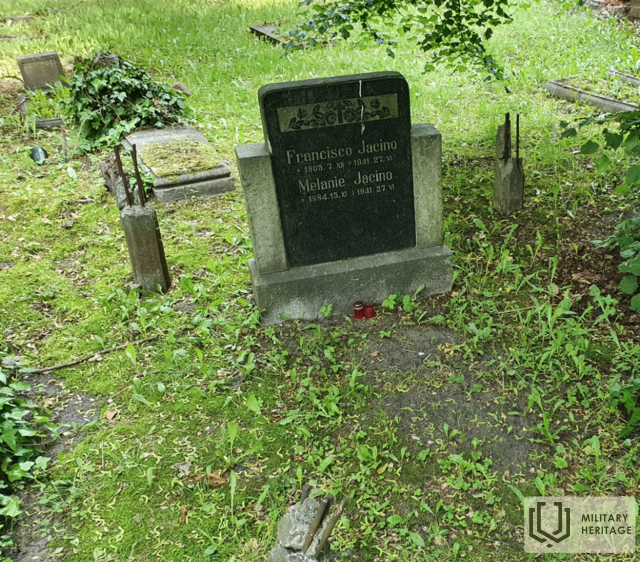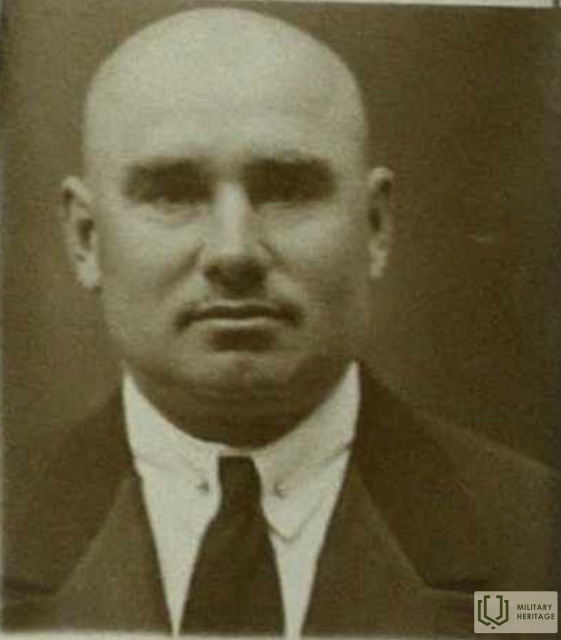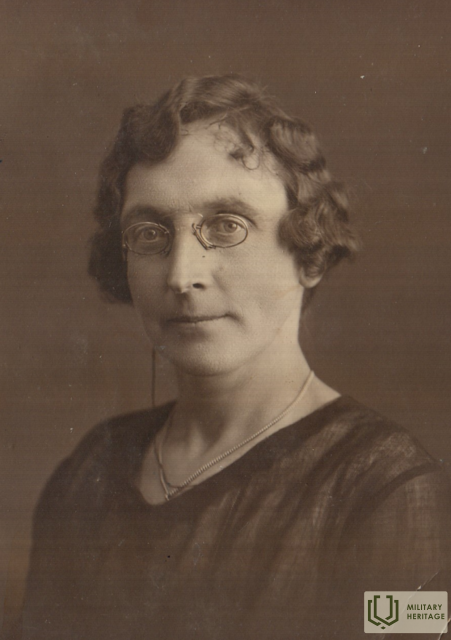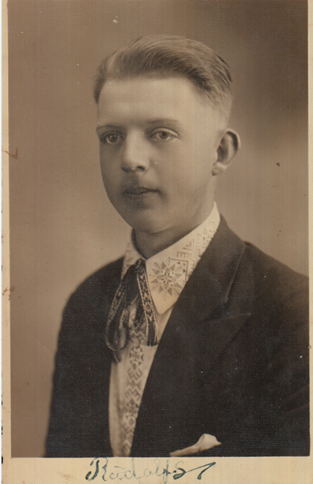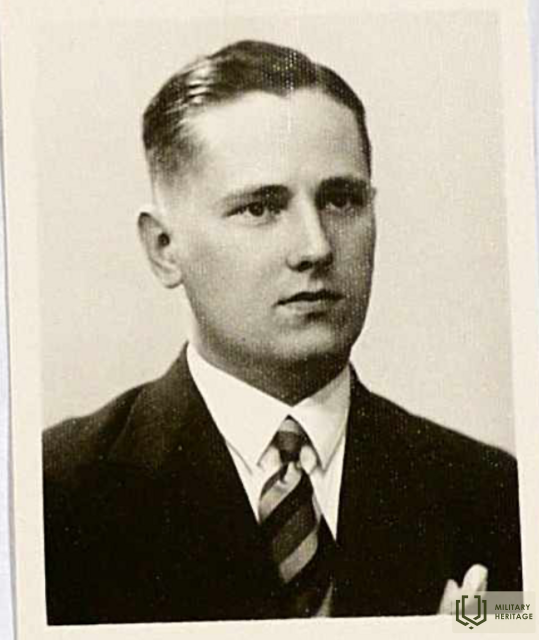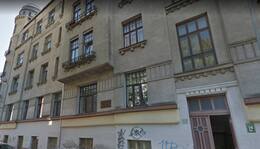Neteisminis civilių šaudymas Liepojos „Mėlynajame stebukle“
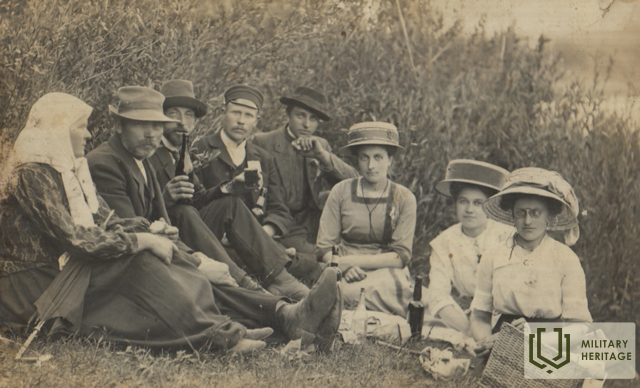
Neteisminiai žudymai Latvijos teritorijoje karo metu, 1941 m. birželio pabaigoje ir liepos pradžioje, buvo paskutinė represijų ir smurto apraiška pirmajame komunistinės okupacijos etape, kuris baigėsi nacistinės Vokietijos kariuomenės įžengimu į visą Latvijos teritoriją.
Sušaudymo priežastis buvo siaubinga ir tragiška – kalinių nebebuvo galima perkelti į Rusiją, bet nebuvo leista jų palikti gyvų. Dėl to karo metu Liepojoje taip pat vyko neteisminiai gyventojų sušaudymai, panašiai kaip Rygos centriniame kalėjime, Valmieros kalėjime, Valkos ir Rėzeknės milicijose bei Greizo kalne netoli Ludzos. Liepojoje šis sovietų okupacinės valdžios nusikaltimas buvo įvykdytas „Mėlynajame stebukle“ – Liepojos milicijos pastate, Respublikos gatvėje 19.
Šios tragedijos priežastys slypi paranojiškoje komunistinio okupacinio režimo pasaulėžiūroje. Nuo pat jo egzistavimo pradžios 1917 m. vienas svarbiausių dalykų, kartu su „pasaulio revoliucija“, tapo nuolatinė išorinių ir vidinių priešų paieška ir neutralizavimas.
Neteisminės žudynės karo metu, 1941 m. birželio pabaigoje ir liepos pradžioje, buvo paskutinė represijų ir smurto apraiška pirmajame komunistinės okupacijos etape, kuris baigėsi nacistinės Vokietijos kariuomenės įžengimu į visą Latvijos teritoriją.
Šiuos nusikaltimus įvykdė Čekos pareigūnai, milicijos nariai, darbininkų gvardijos nariai, komunistų partijos ir komjaunimo aktyvistai.
Remiantis iki šiol gauta informacija, civilių gyventojų areštai Liepojoje karo metu prasidėjo 1941 m. birželio 23 d. Bendras areštuotųjų skaičius nežinomas, tačiau žinoma, kad Liepojos milicija sušaudė 18 žmonių, tačiau mažiausiai penkiems pavyko išlikti gyviems ir pabėgti.
Šaudymo priežastis buvo siaubinga ir tragiška – kalinių nebebuvo galima perkelti į Rusiją, bet nebuvo leista jų palikti gyvų. Dėl to karo metu Liepojoje taip pat vyko neteisminiai gyventojų šaudymai, panašiai kaip Rygos centriniame kalėjime, Valmieros kalėjime, Valkos ir Rėzeknės policijos nuovadose bei Greizā kalne netoli Ludzos. Minėtas nusikaltimas įvyko „Mėlynajame stebukle“ – Liepojos policijos pastate, Respublikos gatvėje 19.
Šiuo metu žinomi šešiolikos Liepojos policijos sušaudytų žmonių vardai:
1. Bezalel Geshaya–Shloma r. Biļeckis (1879). žydas. Gyveno Liepojoje, Graudu g. 6. Greičiausiai turėjo parduotuvę Graudu g. 50.
2. Andrejus Brekteris (1872). Mechanikas. Šaltiniuose minimi du galimi adresai: Laču g. 31 arba T. Breikšos g. 32. A. Brekteris 1938 m. buvo apdovanotas Pripažinimo kryžiumi. Kurį laiką jis vadovavo Jaunliepojos liuteronų bendruomenei.
3. Krišs Vilos r. Hintenbergsas (1914). Batų fabriko „Kopsolis“ darbuotojas. Gyveno Dārzu gatvėje 49.
4. Alfredas Roberta d. Holcmanis (1914). Gimė Purmsatų valsčiuje. Liepojos vielos gamyklos („Sarkanasis metalurg“) biuro darbuotojas. Apsaugos darbuotojas. Futbolininkas. Gyveno F. Brīvzemnieka gatvėje 10–3. Suimtas 1941 m. birželio 23 d.
5. Francisco Francisco d. Jacino (g. 1905). Katalikas vokietis. Baigė Liepojos technikos universiteto elektrotechnikos fakultetą. Inžinierius. Gyveno Kr. Valdemāra gatvėje 18.
6. Melanija Jacino (1884). vokiečių katalikas. F. Jacino motina. Gyveno Kr. Valdemāra g. 18.
7. Alberts Jāņa r. Kalvė (Winčels) (1907). Gimė Maskvoje. Irkluotojas, „Universitātes Sportas“ narys. 1940 m. balandžio mėn. pakeitė pavardę iš „Winčels“ į „Kalve“. Liepojos apygardos teismo prokuroro pavaduotojas. Ištekėjusi už Birutės Winčels (gim. Bruņenieci). Gyveno Liepojoje, Kr. Barono gatvė 19. Suimtas 1941 06 23.
8. Jāzepas Keiselis (1886). Gimė Rėzeknės rajone. Katalikas. Iki Latvijos okupacijos buvo policijos pareigūnas, o po to – darbininkas. Gyveno Ukstiņa gatvėje 19.
9. Francis-Einārs Eduarda d. Rozenholms (1892). Tikriausiai suomis pagal tautybę. Akcinės bendrovės „Pluto“ kalvis. 1940–1941 m. gamykla buvo pramonės įmonės „Metal“ dalis, kuriai taip pat priklausė Liepojos vežimų gamykla ir mašinų gamybos gamykla „Standarts“. 1941 m. gegužės arba birželio mėn. pripažintas „stachanoviečiu“, nes „racionalizuodamas plaktukinio presavimo darbą, padidino našumą 150 %“. Gyveno Rainės gatvėje 52. Suimtas 1941 m. birželio 23 d.
10. Līze Miķeļa m. Rošteina (g. Strazdiņa) (1885). Iki Latvijos okupacijos ji buvo parduotuvės Bāriņu g. 21 savininkė. Ji ten gyveno. Kate ir Fričio Strazdinių sesuo, taip pat Rūdolfo Strazdinių tėvo sesuo.
11. Kate Miķeļa m. Strazdiņš (1883). Pardavėja. Gyveno Liepojoje, T. Breikša gatvėje 5. Līzes Rošteinos ir Fričio Strazdiņšo sesuo, taip pat Rūdolfo Strazdinio tėvo sesuo.
12. Fricis Miķeļa r. Strazdiņš (1880). Pardavėjas. Gyveno Sienu gatvėje 11. Lizės Rošteinos ir Kate Strazdiņš brolis, taip pat Rūdolfo Strazdinio tėvo brolis.
13. Rūdolfs Kristapa gim. Strazdiņš (1912). Ūkininkas. Gyveno Durbės parapijos „Kugroje“. Lizės Rošteinos sūnus, Kate ir Fričio Strazdinių brolis.
14. Augustas Otto r. Tauriņš (1910). baptistas. Liepojos bibliotekos prižiūrėtoja. Gyveno bibliotekos name Živju g. 7.
15. Eugenijus Karla d. Vilamovskis (1880). Sunkusis miško kirtėjas. Gyveno Dzintara gatvėje 52.
16. Jānis Vila r. Vilbrants (1876). Pensininkas. Gyveno Liepojoje, F. Brīvzemnieka gatvėje 47.
Deja, dviejų nužudytųjų tapatybės vis dar neaiškios. Advokatas Linards Muciņš, rašydamas apie „Mėlynajame stebukle“ įvykusią tragediją, nurodo, kad tarp sušaudytųjų buvo ir Ernestas Brikis.
Šaudymas įvyko ankstų birželio 27 d., penktadienio, rytą. Milicijos pareigūnai pradėjo pagal sąrašus šaukti suimtuosius iš kamerų. Deja, radus sušaudytas aukas, nebuvo atlikta teismo medicinos ekspertizė ir parengti atitinkami dokumentai.
Informacija apie „Mėlynojo stebuklo“ metu sušaudytųjų laidojimo vietas ir laikus yra neišsami. Kol kas nustatytos tik dešimties žmonių laidojimo vietos.
Nors ir nepilna, išliko ir informacija apie 6 asmenis, kurie dalyvavo sulaikytųjų šaudyme ir buvo sušaudyti už nusikaltimą, padarytą vokiečių okupacijos metu.
Inese Dreimane, istorikė, rašytoja, publikacija „Liepojos milicijos neteisminis civilių šaudymas arba vadinamasis „Mėlynasis stebuklas“ 1941 m. birželio pabaigoje“
https://www.delfi.lv/news/versijas/civiliedzivotaju-beztiesas-nosausana-liepajas-milicija-jeb-ta-sauktaja-zilaja-brinuma-1941-gada-junija-beigas.d?id=55323776
Susijusi laiko juosta
Susijusios vietos
Liepojos policijos pastatas arba „Mėlynasis stebuklas“
Liepojoje komunistinio okupacinio režimo įstaiga – milicija – buvo įsikūrusi Respublikos gatvėje 19 esančiame pastate, kurį liepojiškiai nuo pat jo pastatymo XX a. pradžioje vadino „Mėlynuoju stebuklu“. Tuo tarpu Čekos būstinė buvo įsikūrusi Tomos gatvėje 19. Netrukus po okupacijos ji įgijo socialinį pavadinimą „Raudonasis stebuklas“.
Tiriant iki šiol įvykdytus komunistinio režimo nusikaltimus, nustatyta, kad nei Liepojos Čekos pastate, t. y. „Raudonajame stebukle“, nei kalėjime nebuvo vykdomos jokios egzekucijos ar neteisminiai egzekucijos. Visi sulaikytieji, kurie buvo šiose vietose dėl karo veiksmų pradžios Latvijos teritorijoje nuo 1941 m. birželio 23 d., buvo perkelti į Rusijos kalėjimus. Tai paveikė tiek sulaikytuosius, kurie buvo suimti už vadinamuosius „politinius“ nusikaltimus, tiek kriminalinius nusikaltėlius, neatsižvelgiant į tai, ar asmuo buvo tiriamas, ar jau buvo nuteistas.
Kalinių perkėlimas buvo nustatytas SSRS valstybės saugumo liaudies komisaro Vsevolodo Merkulovo 1941 m. birželio 23 d. įsakymu Nr. 2455/M, adresuotu Latvijos SSR, Estijos SSR ir kelių Ukrainos SSR sričių NKGB vadovams. Sušaudymo priežastis buvo siaubinga ir tragiška – kalinių nebebuvo galima perkelti į Rusiją, bet nebuvo leista palikti jų gyvų. Dėl to karo metu Liepojoje taip pat vyko neteisminiai gyventojų sušaudymai, panašiai kaip Rygos centriniame kalėjime, Valmieros kalėjime, Valkos ir Rėzeknės milicijose bei Greizā kalne netoli Ludzos. Minėtas nusikaltimas įvyko „Mėlynajame stebukle“ – Liepojos milicijos pastate, Respublikos gatvėje 19.




